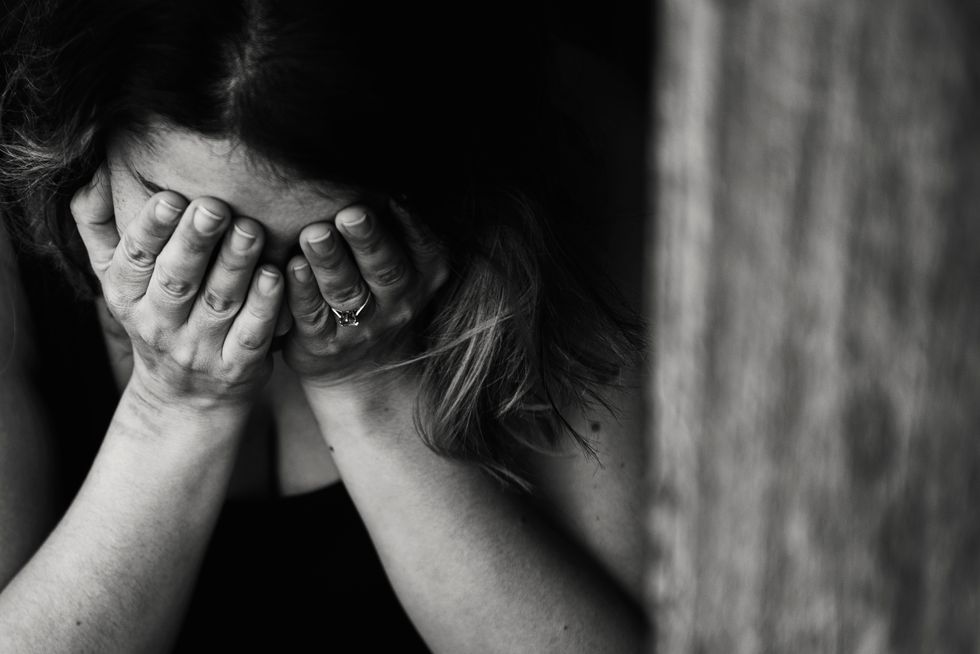Every day, we hear about some new story on the news about someone who died from a drug overdose or hear about the increasing rate of deaths due to the Opioid epidemic the United States is going through. And Heroin has been at the forefront of this epidemic all the way as one of the most prolific street drugs out there.
With all the negativity and focus on the issue at hand, it can be discouraging to think that anything good can come out of any of this. But, according to SAMHSA’s latest data, there just may be a silver lining to all of this after all.
According to Samhsa’s latest behavioral health data, released just this last October, the rate of people going to treatment for Heroin addiction increased, from 17.5 percent in 2015 to 37.5 percent in 2016. This increase in people looking for treatment from their addiction is a good omen for the future as the death rates from Heroin overdoses continue to remain at increasingly higher percentages.
In the same data report, Samhsa reports that the United States has seen an increase of 533 percent of deaths attributed to Heroin in just 14 years, from 2002 to 2016. What we as a nation desperately need right now is an approach to addiction, and those suffering from it, that continues to increase the number of people getting help while also decreasing deaths from this horrible, life-stealing disease.
We need to look to treatment options already available to us and see what works, what doesn’t, and what can be improved going forward.
What is Addiction?
In order to improve our treatment of addiction and those addicted in this country, we must first understand just what it is we are dealing with. Addiction has been classified in the Diagnostic and Statistical Manual of Mental Disorders, or the DSM-V, as a substance use disorder.
The DSM-V is what doctors and other health care professionals use in order to correctly diagnose people with mental disorders. If the official handbook for mental disorders recognizes addiction as a disorder, then why are we as a country still so focused on treating those who suffer from it as criminals instead of people needing our help?
Addiction comes with many side effects, not the least being changing the way the human brain works. Drugs interfere with many different parts of the brain, targeting the reward centers in the brain and releasing copious amounts of the neurotransmitter Dopamine. Releasing that much Dopamine, also known as a “happy hormone” for its euphoric effects, trains the brain to want whatever it was that caused those happy feelings again.
Drugs also affect how neurons in the brain effectively communicate with each other, which can lead to abnormal messages being passed around as the drugs bind to the neurons rather than the natural neurotransmitters.
With this kind of an effect on the brain, is it any wonder that the DSM-V has officially recognized addiction as a disorder that requires treatment, rather than a felony charge and time in isolation from society?
The Success Rate of Treatment
While there is no single standard for Heroin rehab success rate, with some rehabs considering graduating from the program a success, and other considering the length of time a person stays sober after treatment as part of their success rate, one thing remains clear: those who reach out and get help and connect with others who understand what they are going through have a much better chance at recovering than those who don’t.
According to Recovery village, 73 percent of those who go through inpatient treatment graduate the program, and 21 percent stay sober after five years out of the program, and outpatient treatments help an average of 18 percent of people stay sober after five years.
Going to treatment, no matter inpatient or outpatient, can have an immense effect on someone’s well-being and status in life, leading to better employment opportunities now that he or she is clean, as well as better health, more education opportunities, and improved relationships with those around them.
As someone who is addicted gets help and connects with others who are also in recovery, he or she have a better chance at living a life free from the chains of drugs, a life that is full of joy. Many people have, and continue to find joy through recovery from Heroin addiction.























